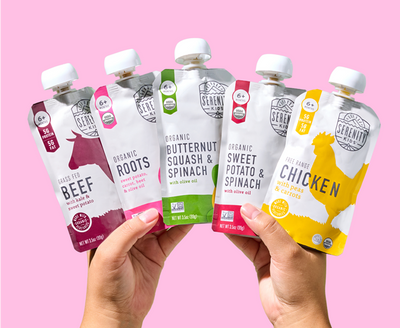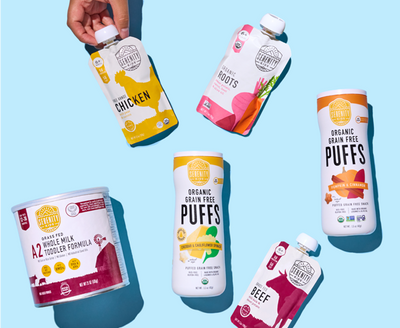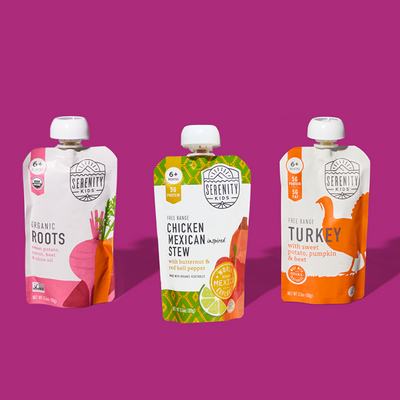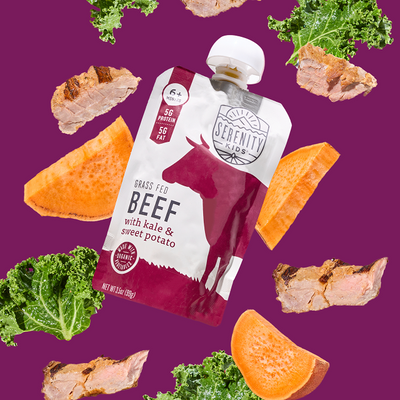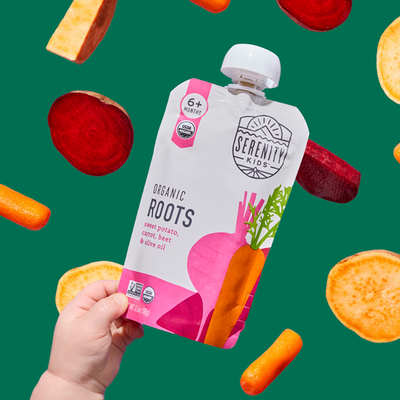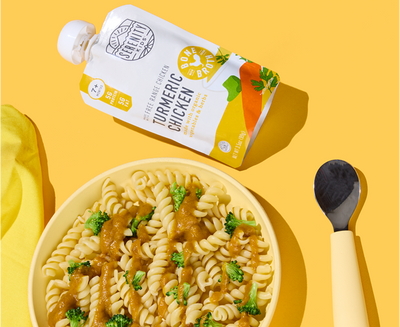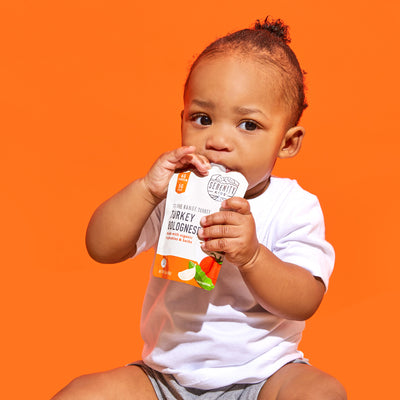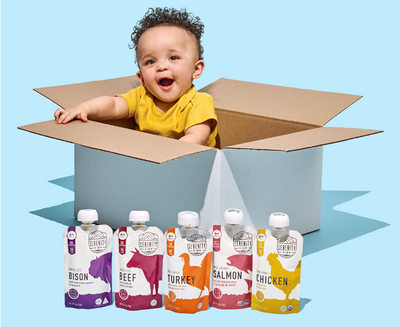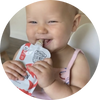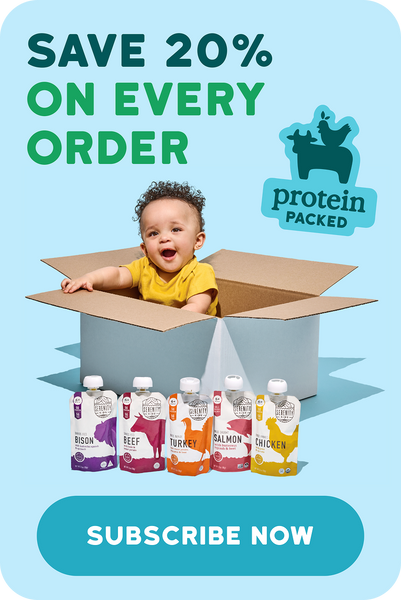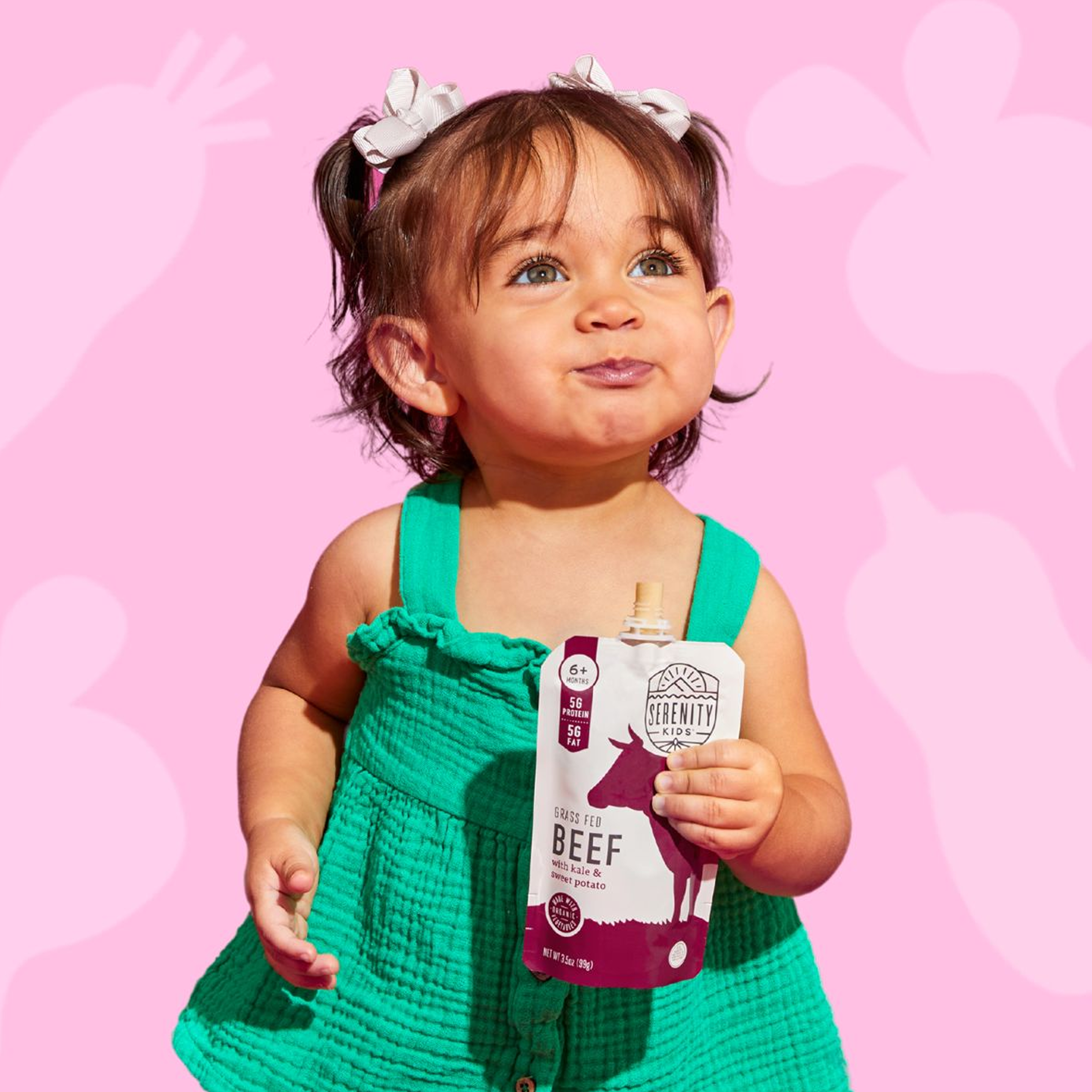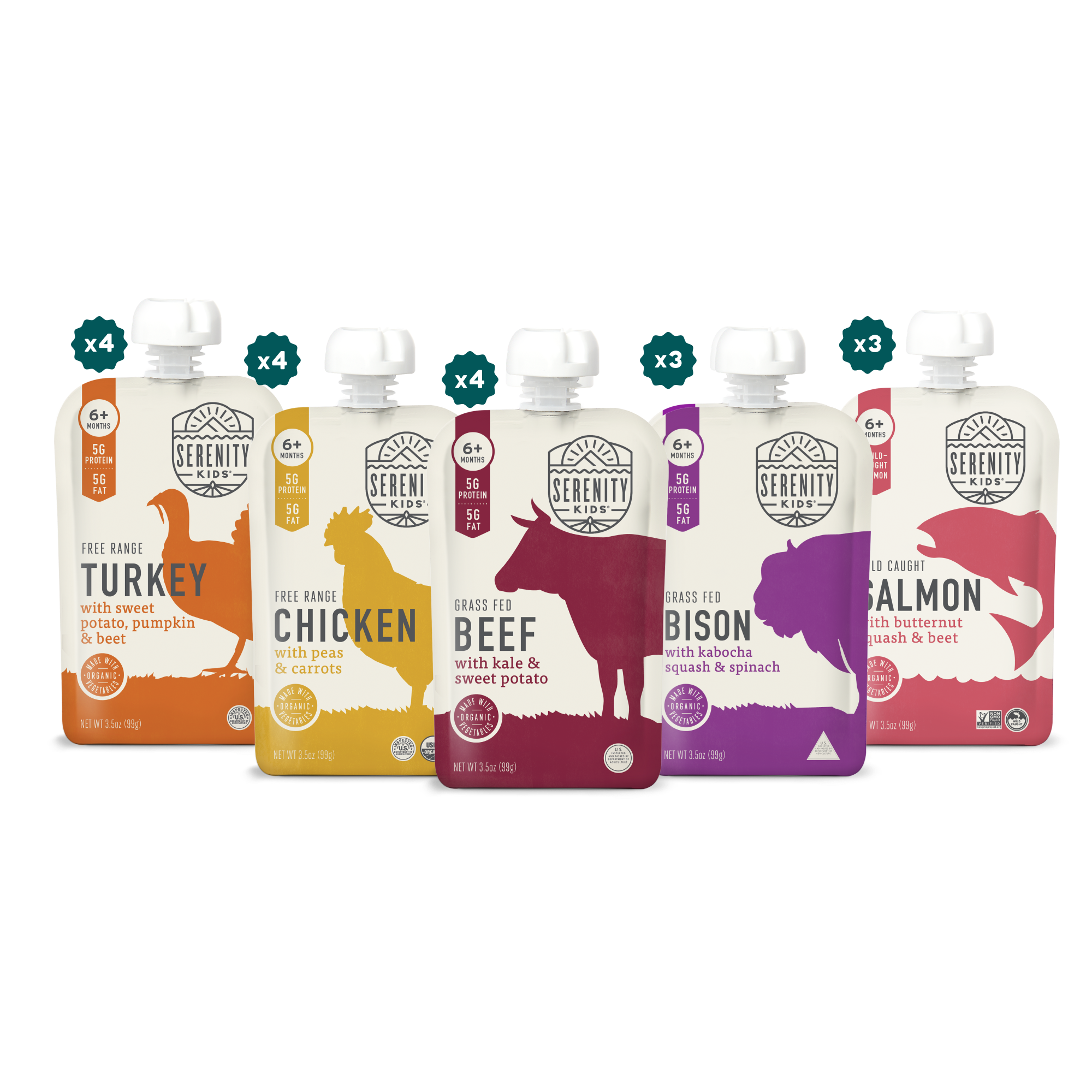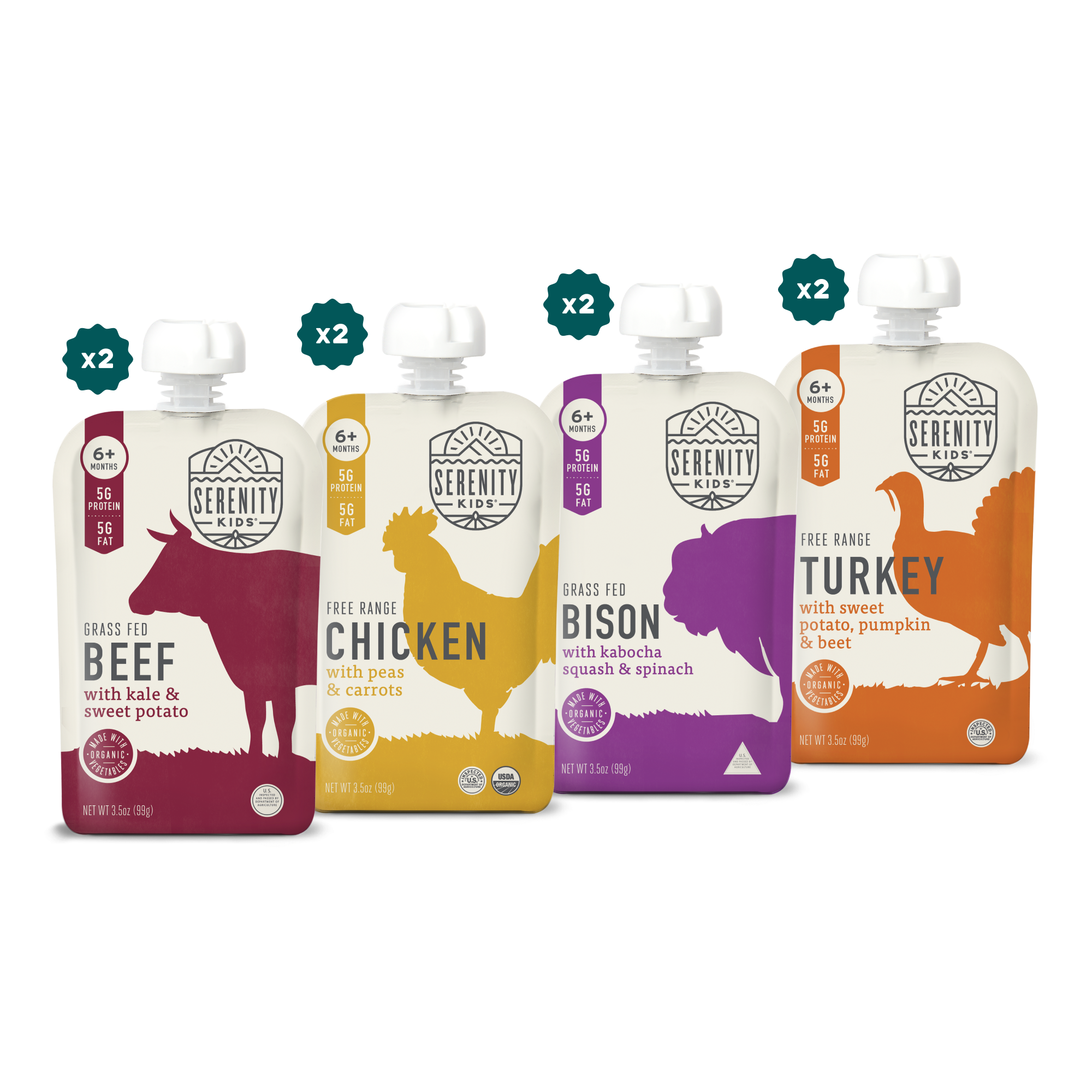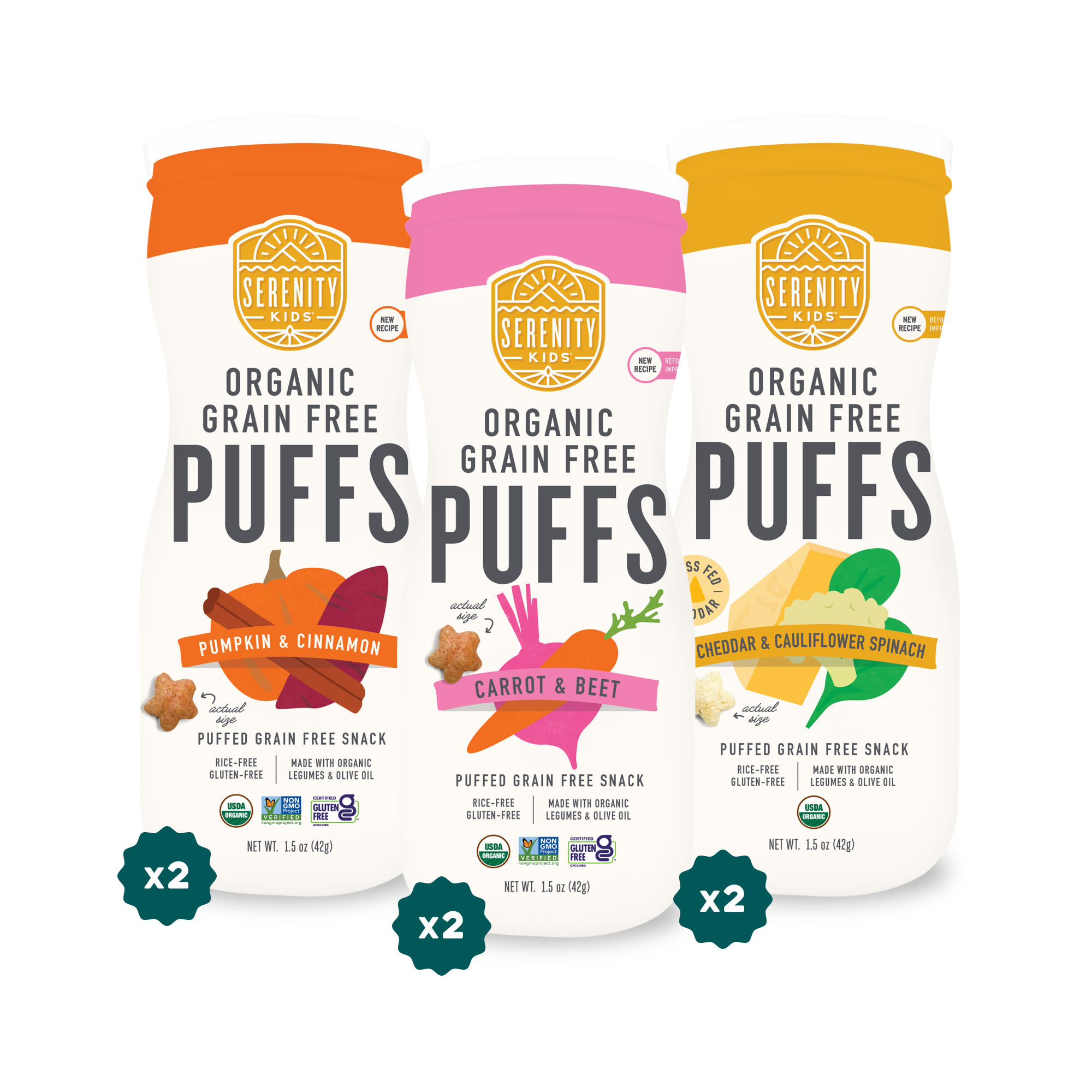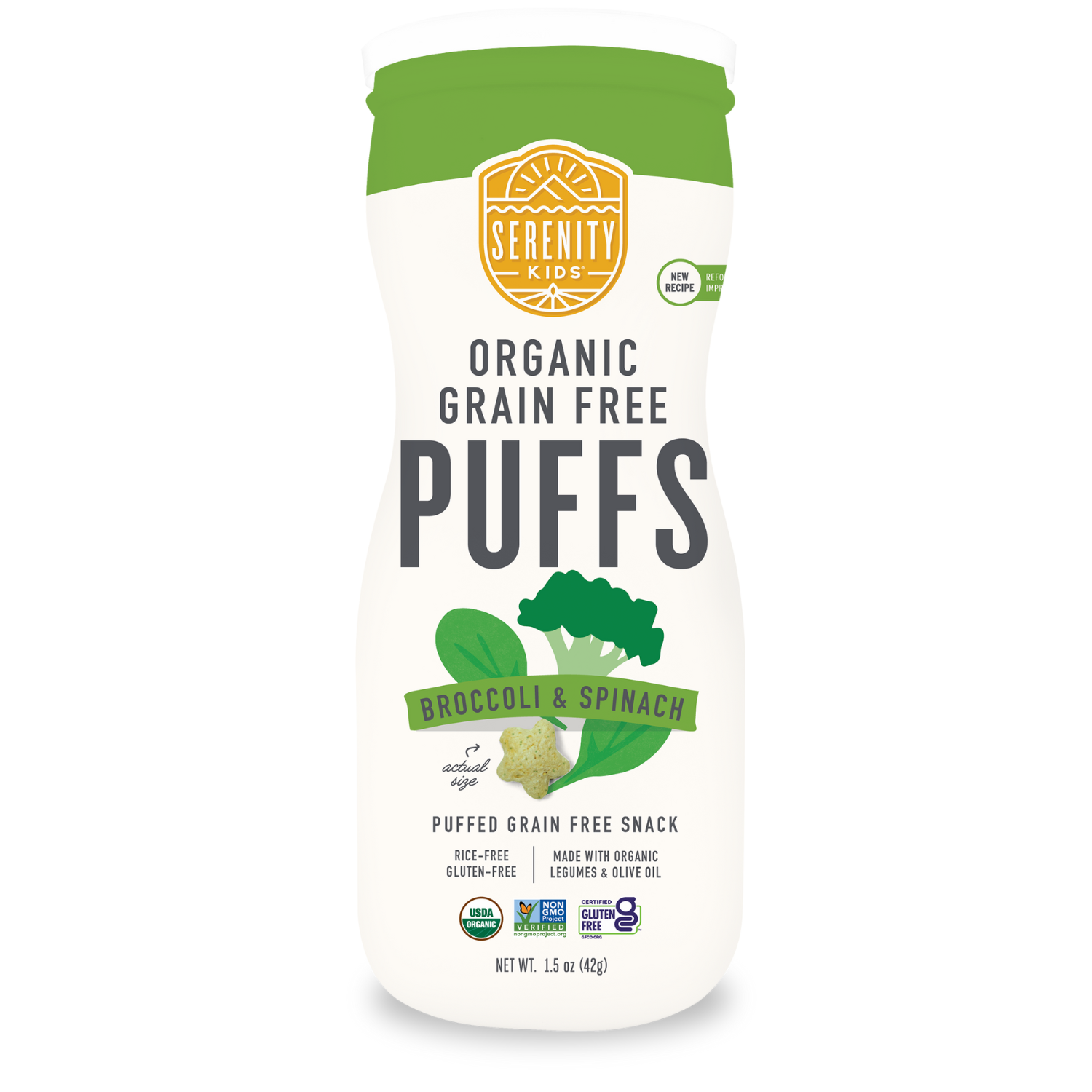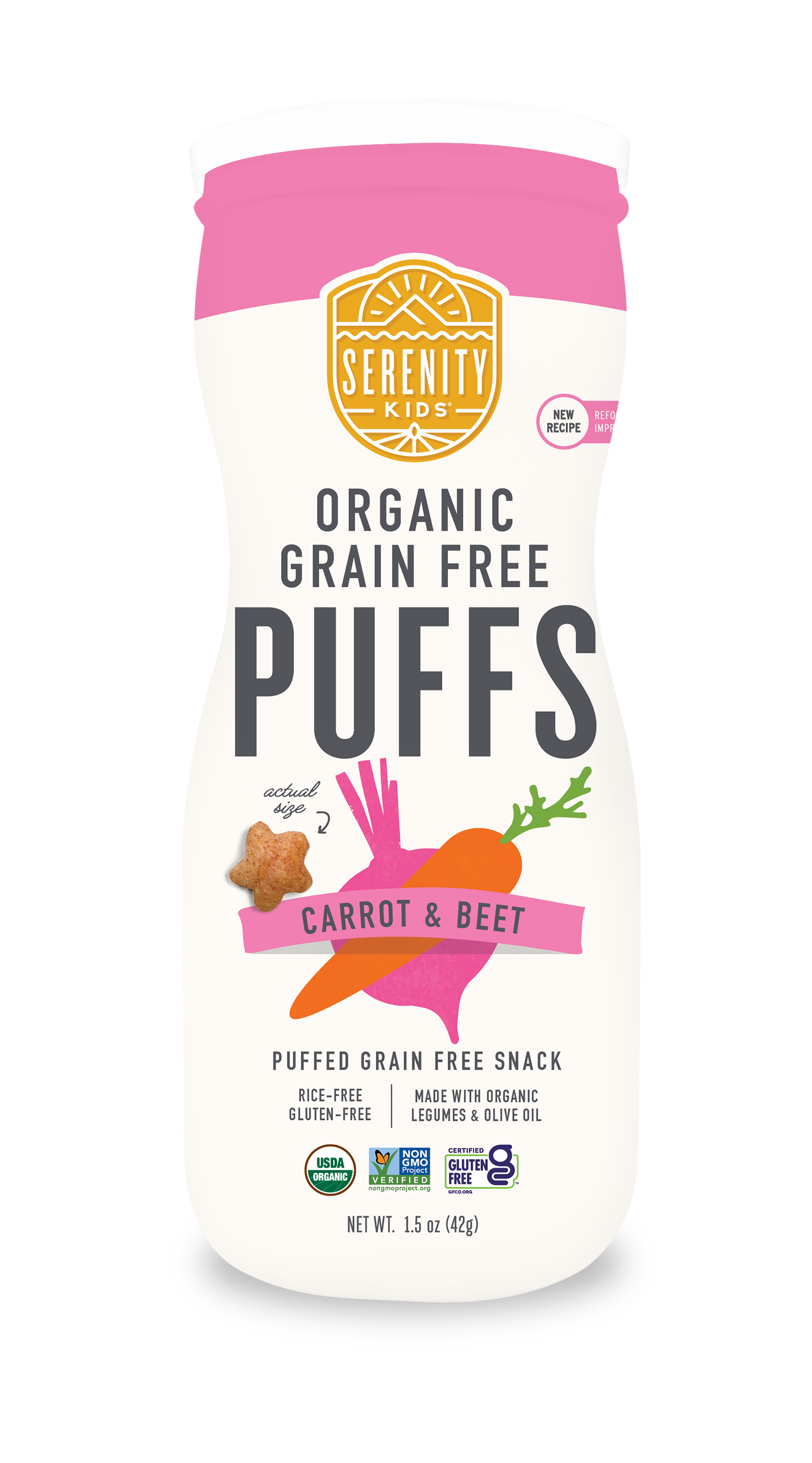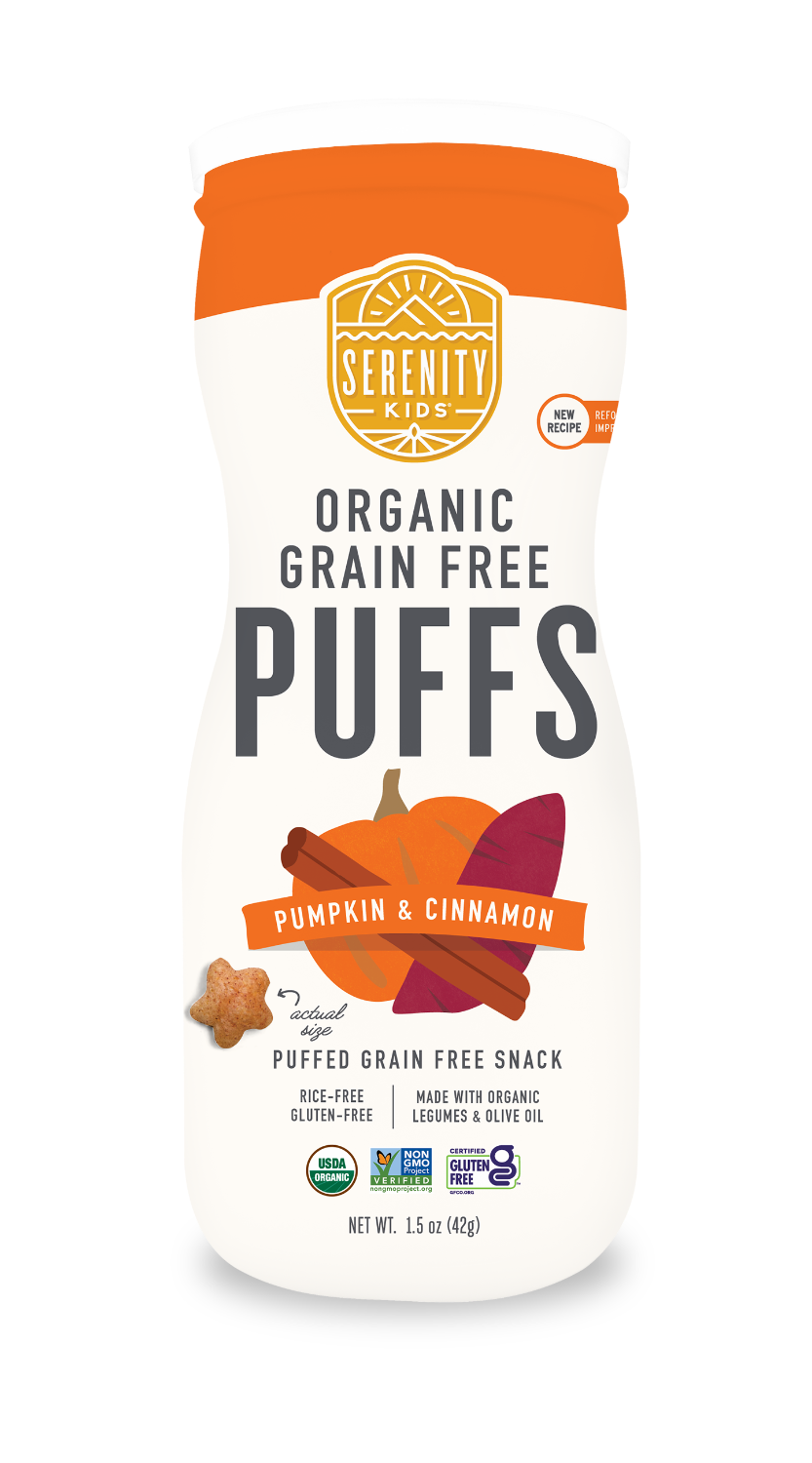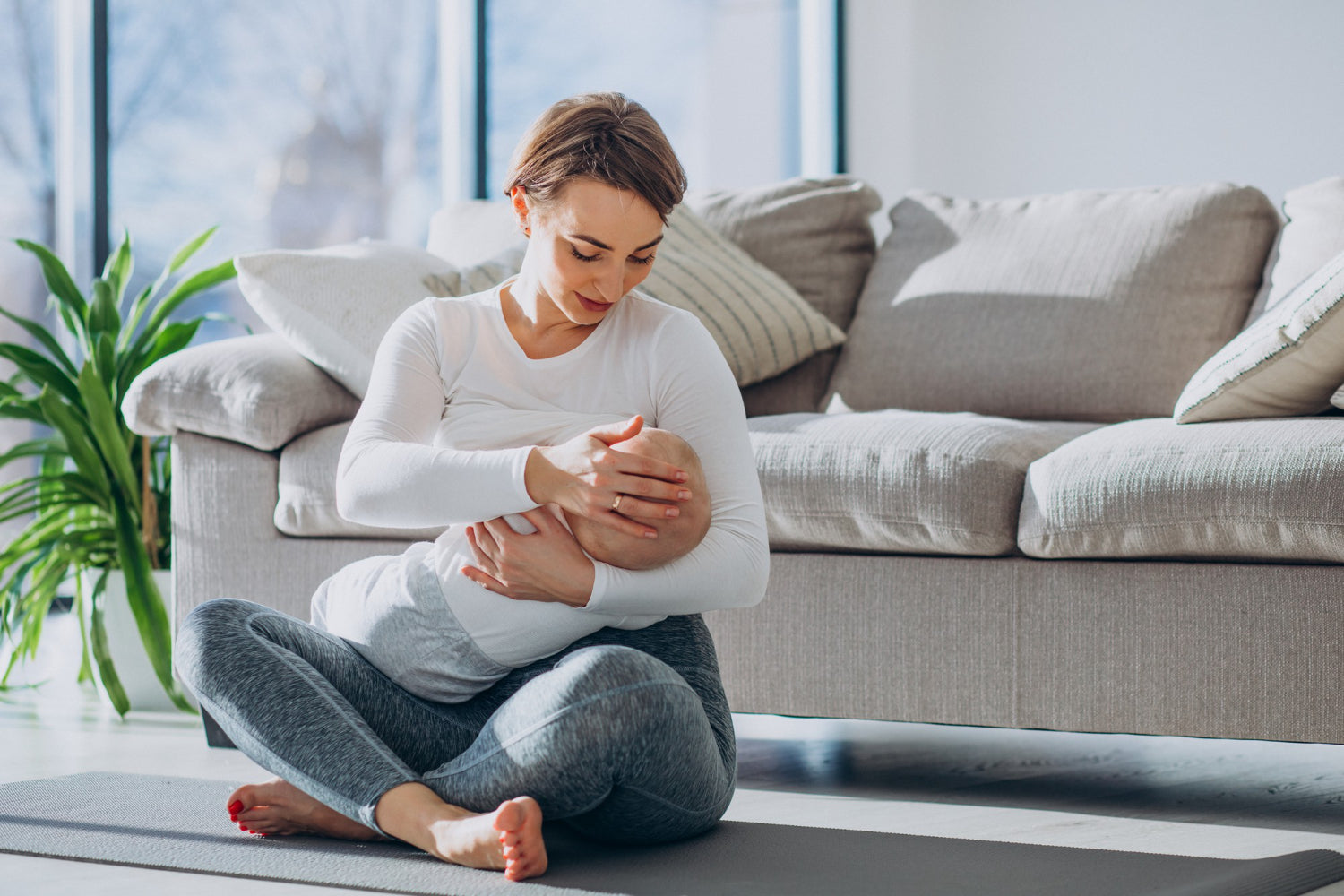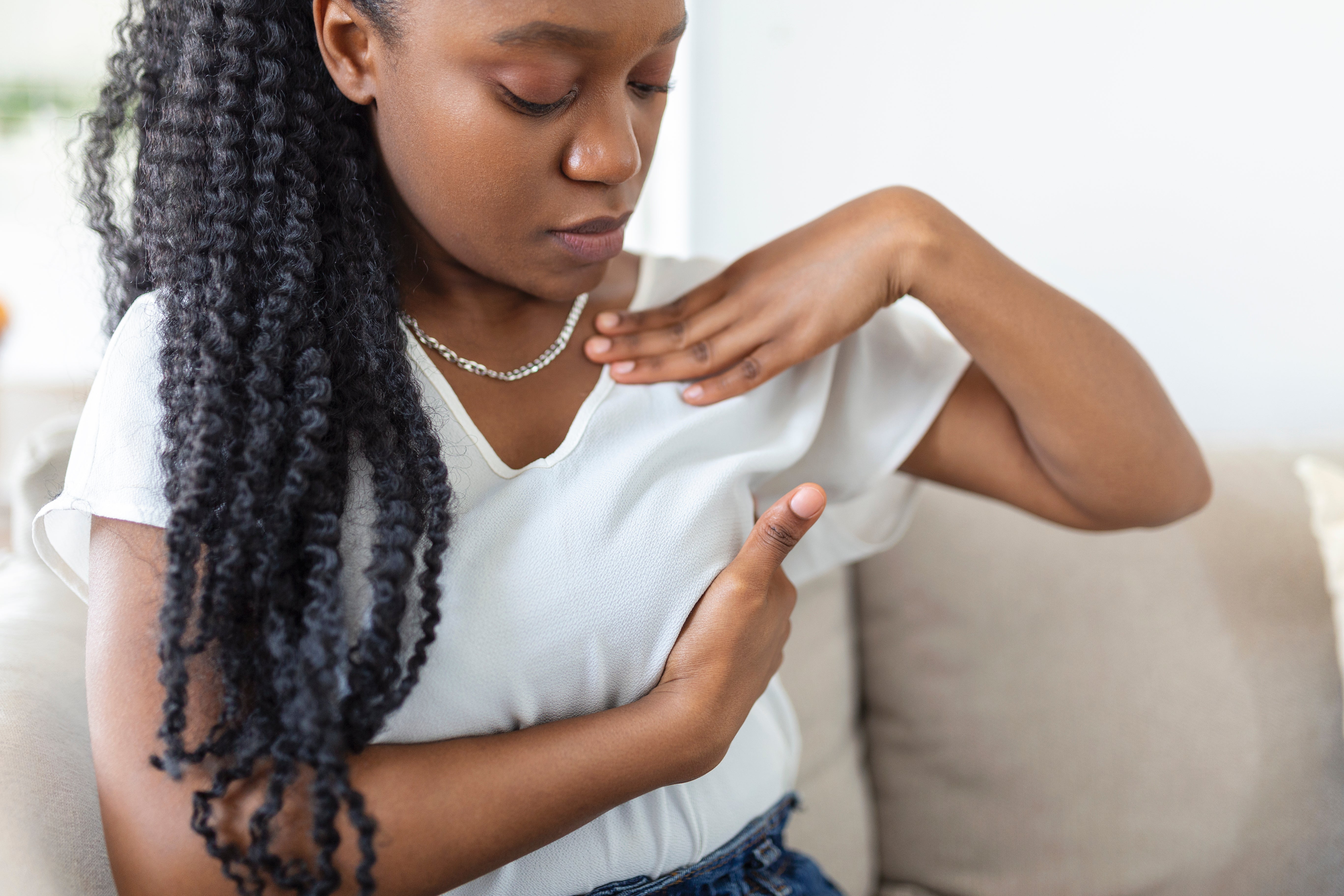Well well, this is a loaded topic, now isn’t it?! First things first, we want to be clear that we are not suggesting that any one way to feed your baby is best. The intent of this article is simply to help parents guide a common decision that they face when feeding a little one. You know yourself and your baby best, and you will make the best decision on how best to feed your baby. Okay, now let’s get into it.
Breastfeeding and pumping explained
We know, this doesn’t need much explanation. Just to be clear, when we refer to breastfeeding and pumping, we don’t mean exclusively breastfeeding or exclusively pumping, we mean any approach in any amount. We know many mamas choose a combination of both, and many also bottle feed formula. We support it all. You do you!
Breastfeeding: pros and cons
Pros of breastfeeding
1. It’s convenient and accessible
No need for bottles, dish soap, and estimating how much baby breast milk you need to pack. When you breastfeed, you have what you need with you at all times. The breast is always available and feeding breast milk from the breast just requires less stuff.
2. It allows for customized milk composition
We know that breast milk feeding has great health benefits for babies. But feeding from the breast can magnify these benefits. Research has shown that the interaction of baby’s mouth and saliva and mama’s nipple changes the composition of breast milk according to what baby needs, like specific antibodies that can protect against infections.
3. It’s great for bonding and soothing
Babies are accustomed to life in the womb, where it’s dark, warm, and loud. Being close with mama while breastfeeding helps to recreate this environment. There’s no doubt about it, breastfeeding is a great way to bond with and soothe your baby.
Cons of breastfeeding
1. It can feel like an unbalanced division of responsibility
The physical responsibility of breastfeeding falls entirely on mama. And sometimes, that responsibility feels especially heavy, and even unfair (if you’ve found yourself up for the third time in a night at 3am, while your partner sleeps peacefully, you know what we mean). Of course, partners can help ease some of the burden - check out this blog for tips on how!
2. It can create a lack of flexibility in your day
When baby wants to eat, baby wants to eat NOW. They don’t care if you’re in the middle of making your own meal or focused on work.
3. It can cause some discomfort
To be clear, breastfeeding shouldn’t be painful. But it can be uncomfortable at times. And while baby snuggles are amazing, sometimes the sheer amount of time a baby spends nursing (hello, cluster feeding!) can cause a mama to feel a little “touched out”. It’s completely normal, but that doesn’t mean it’s comfortable.
In addition, as babies get older, they can start to get distracted while eating. They may look around, break their latch, squirm and move, and otherwise make breastfeeding a little more difficult and uncomfortable.
Pumping: pros and cons
The pros of pumping
1. It gives you more flexibility and control over your time
Yes, pumping takes time, and you do need to continue to breast pump to maintain breast milk supply and provide pumped breast milk for your baby. But you can breast pump on your own time.
2. You can measure your baby’s intake
If weight gain is a concern, it can be nice to be able to see exactly how much breast milk baby is taking in (without doing a weighted feed). Pumping milk and bottle feeding can allow you to do just that!
3. You can get your loved ones involved
In short, the job of feeding doesn’t fall just on mama. Others can get up in the middle of the night so mama can get some sleep. A daycare or nanny can give baby a bottle while mama works, or a sitter can feed breast milk to baby so mama can get some self care time.
4. Any excess breast milk supply can be donated
If you happen to make more breast milk than your baby needs, you can help other mamas and babies who may not have enough milk by donating your excess milk supply.
5. Some moms find it less painful
Both breastfeeding and pumping can have some discomforts, but some mamas find pumping more comfortable. (Friendly reminder to reach out to a lactation consultant if breastfeeding or pumping are causing pain - it can be fixed!)
The cons of pumping
1. It can be more expensive
Put simply, pump parts, storage bags, bottles, and other accessories needed to breast pump aren’t free! Consider gifting breast pumps although costs should be taken into account.
2. It can be uncomfortable and monotonous
Let’s be honest, pumping can be kind of boring. Sure, you can mix things up with a podcast, book, work, or mindlessly scrolling through social media. But ultimately, it’s often not something anyone really looks forward to.
3. Sometimes your body will not react to the pump
Babies tend to be more efficient at removing breast milk, so you may not extract as much breast milk when pumping as you would if feeding baby directly from the breast. However, every body is different, so this is certainly not a guaranteed con. If you don’t like the way your pump is working, look into replacing its parts, confirming flange size and fit, or renting a hospital grade pump to try out at home as a comparison.
4. It can be inconvenient in public or when traveling
Most breast pumps are bulky and not exactly convenient, which can make pumping on the go a bit of a hassle. Newer options like portable, wearable pumps are now available, but they can be pricey, and still require a bit more effort and planning than feeding breast milk directly from the breast. They also don’t come cheap!
5. It may have fewer immune system benefits
As we mentioned earlier, breast milk is an adaptable substance that changes with baby’s needs. If the baby is not at the breast as much, there is less opportunity for the “feedback” to mama’s body to communicate what is needed.
6. It creates more dishes
When the pump is the middleman between you and your little one, you need somewhere to store the breast milk and a way to get it to baby. That means more dishes to wash. And we can probably all agree that there are other ways we’d rather spend our time. Of course, you can think of this time as reallocated time - you got some freedom from an uncontrollable feeding schedule to breast pump on your own time!

How can you decide?
How you feed your baby is a personal decision. The intent of this article is simply to help lay out the pros and cons of feeding breast milk in such a way to help guide you to do what is best for you. Know that there is truly no wrong decision and the decision is one that YOU are best equipped to make!
References:
https://www.ncbi.nlm.nih.gov/pmc/articles/PMC4235060/#jpe.1058-1243.23.4.211.bib001
https://www.ncbi.nlm.nih.gov/pmc/articles/PMC4556682/
About the author: Hillary Bennetts is the founder and owner of Purposeful Plate Nutrition. A member of the National Association of Nutrition Professionals, she provides nutrition consulting services to individuals and businesses. Hillary holds a BA in Economics from Washington and Jefferson College, an MBA from Emory University, and an NC from Bauman College. A marathoner, mountain climber, and mama, she lives in Colorado with her husband, son, and golden retriever. Find her on Instagram or her website!

